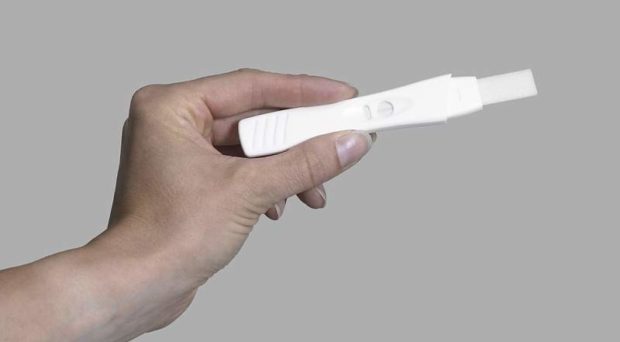
Despite the growing population of midlife women around the globe, there is comparatively little research focusing on this population. In a recent issue of Women’s Midlife Health, we searched for up to date information about midlife women’s patterns of contraceptive use. This included: their decision-making processes in continuing or discontinuing use of a contraceptive method; the choices made about starting a contraceptive, especially around the time of menopause; and the questions and concerns that encourage them to seek health care. Moreover, in the current political maelstrom over health care, we also searched for data about midlife women’s use of pregnancy termination.
We were surprised at the limited research available to guide women’s choices, as well as those of their clinicians during this part of the lifespan. Although some women choose to become pregnant during midlife, the majority of women in economically advantaged countries would have completed their intended childbearing by their mid-forties.
A surprising number of women also experience unintended pregnancies at this point in their life. Some might not be sexually active, or are sexually active only with female partners, but of those who are, some may believe they are no longer fertile because of their age or may not contemplate the risk of an unintended pregnancy.
We were surprised at the limited research available to guide women’s choices, as well as those of their clinicians during this part of the lifespan.
Women who are motivated to prevent unintended pregnancy confront many limitations that may help explain some of the unintended pregnancy rate for this age group.
Lack of information about midlife women’s preferences for different types of contraceptives has yet to be studied. One might ask: do midlife women desire long-acting reversible contraceptives (LARC)? Might they prefer the injectables or intrauterine systems? Do midlife women want to experience menses or prefer to avoid menstruation altogether? Do midlife women want to rely on sterilization of their sexual partners or prefer tubal ligation after they have their last pregnancy? Do healthcare providers assume that midlife women are really interested in hormone therapy for menopause instead of contraception?
With so many unanswered questions we wondered whether our current state of limited information was attributable to the low fertility of this age group of women, despite the relatively high risk of maternal morbidity, mortality, and high unintended pregnancy rates. Or might this be a lack of interest by investigators and health policy scholars in the health of midlife women in general?
We do not know whether various ethnic and social groups of women prefer different contraceptive options, e.g. oral contraceptives, injectables, long-acting preparations, etc. We also do not know what the optimal choice is for them, risks of using each option, and their comparative costs. Do women consider the risks associated with various types of contraception if they have already begun to experience chronic illnesses associated with aging, such as diabetes or hypertension.
Although contemporary midlife women who would benefit from contraception may have been socialized about sex, contraception, family planning, and pregnancy termination differently from their mothers’ generation, they may not have been exposed to better contraceptive education. This reflects our recent commitment to research about midlife women and their health, begun largely in the 1990s in the US.
Is it the incongruity of thinking about contraception and menopause among the same population that has limited scientists’ attention to questions of contraception during midlife? Is it the lack of emphasis in teaching future clinicians about midlife women’s health in general and contraception in particular? Or is this dearth of information a reflection of the lack of interest in women’s health and health care?
Comments